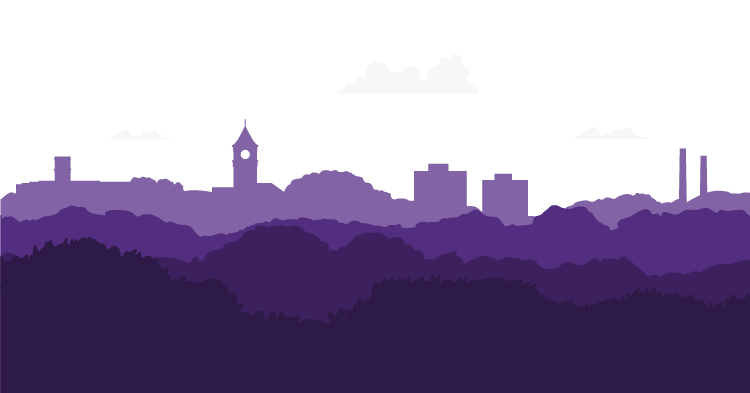The fall colors of the leaves are in them all along. We do not see them until Fall due to the amount of green chlorophyll in the leaves. Chlorophyll is what the plants use along with sunlight to make their food. When the trees are actively growing, they need a lot of food, so that is why the leaves are green for most of the year. In the fall, as the trees shut down for the winter, the chlorophyll breaks down, allowing the other pigments in the leaves to have their time to shine. The pigment anthocyanin causes the red color of leaves. The pigment carotene gives leaves bright orange color, and xanthophyll gives the leaves their yellow color.
A fun experiment you can do to see the different leaf pigments is leaf chromatography. You can do this any time of the year, but it is especially fun to do in the fall.
For this experiment, you’ll need:
- Leaves (try to keep leaves from different trees separated)
- Rubbing Alcohol or Isopropyl Alcohol (68-72%)
- Glasses
- Unsharpened pencil
- Plastic Wrap
- Hot Water
- Coffee Filters
Step 1:
- Collect leaves
-
- Try to keep each tree species together.
- You can add to your experiment by trying green leaves and leaves that have already changed color.
- Be sure you do not collect leaves from poison ivy!

Step 2:
- Break the leaves into small pieces in one of your glasses.
-
- Try to keep all leaves from one tree in one glass.
- The smaller the pieces, the better.
- Be sure to label your glasses so you know what tree species is in each one.

Step 3:
- Cover the leaves with rubbing or isopropyl alcohol.
- Use an unsharpened pencil to mash the leaves really well.

Step 4:
- Place plastic wrap around the opening of your glass with your leaves and rubbing alcohol.
- Then place it into a shallow bowl.
- Pour hot water in the bowl around your glass.
- Let this sit for at least 30 minutes.
- You can swirl your glass occasionally.

Step 5:
- Remove your jar from the bowl of hot water and remove the plastic wrap.
- Place in your coffee filter.
- You can insert the whole filter in the jar or just cut the filter in strips.
- Make sure your filter touches the leaf/alcohol mixture.
- Let your filter sit in the glass for at least an hour, but the longer the better.
- Let your filter sit in the glass for at least an hour, but the longer the better.

Step 6:
- Analyze your results.
-
- What colors did you see?
- Do the colors you saw match what color the tree’s leaves change in the Fall?
Author(s)
JaimePohlman, Cooperative Extension, Forestry and Wildlife Agent
This information is supplied with the understanding that no discrimination is intended and no endorsement of brand names or registered trademarks by the Clemson University Cooperative Extension Service is implied, nor is any discrimination intended by the exclusion of products or manufacturers not named. All recommendations are for South Carolina conditions and may not apply to other areas.
Clemson University Cooperative Extension Service offers its programs to people of all ages, regardless of race, color, gender, religion, national origin, disability, political beliefs, sexual orientation, gender identity, marital or family status and is an equal opportunity employer.
